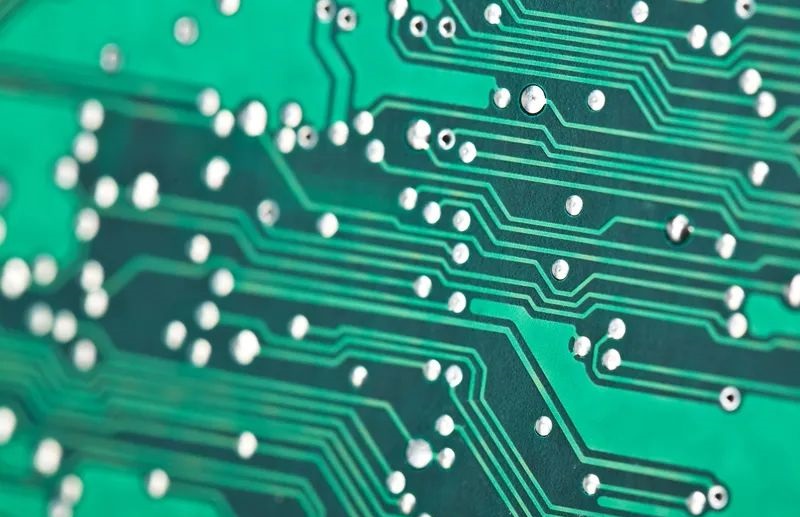How to choose the PCB board that suits oneself: Introduce several common materials
PCB board is an indispensable part of electronic products, which is the main body of the circuit board, carrying the installation and connection of electronic components. Choosing the PCB board that suits oneself is an essential step in designing circuit boards, as different materials have different properties and characteristics. In this article, we will introduce several common PCB boards and their characteristics to help you choose the PCB board that suits you.

1. FR-4 board
FR-4 board is the most common PCB board, which is a glass fiber reinforced epoxy resin material. This material has good electrical insulation, heat resistance, and mechanical strength, making it an ideal choice for producing high-performance circuit boards. The common thickness of FR-4 board is 1.6mm, but there are other thicknesses available for selection. In addition, FR-4 sheets have multiple colors to choose from, such as green, red, blue, etc.
2. Aluminum substrate
Aluminum substrate is a material that combines aluminum substrate and circuit board together. This material has good thermal conductivity and heat dissipation, making it an ideal choice for producing high-power electronic components. The common thickness of aluminum substrate is 1.6mm, but there are other thicknesses available for selection. In addition, aluminum substrates have multiple colors to choose from, such as white, black, silver, etc.
3. CEM board
CEM board is a glass fiber reinforced phenolic resin material with high mechanical strength and heat resistance. CEM boards are commonly used to make high-frequency and high-speed circuit boards because they have lower dielectric constant and dielectric loss. The common thickness of CEM board is 1.6mm, but there are other thicknesses available for selection.
4. High frequency board
High frequency PCB board is a special type of PCB board with low dielectric constant and dielectric loss, making it suitable for making high-frequency circuit boards and high-speed circuit boards. High frequency boards are usually made of polytetrafluoroethylene (PTFE) materials or their composite materials. The common thicknesses of high-frequency boards are 0.8mm, 1.0mm, 1.2mm, etc.
5. Metal substrate
A metal substrate is a material that combines a metal substrate with a circuit board. Metal substrates have good thermal conductivity and heat dissipation, making them suitable for producing high-power electronic components. Metal substrates are usually made of aluminum, copper, or iron materials. The common thickness of a metal substrate is 1.6mm, but there are other thicknesses available for selection.
Choosing a suitable PCB board requires considering multiple factors, such as the purpose of the circuit board, working environment, power, etc. By understanding the characteristics and advantages and disadvantages of different PCB boards, one can better choose the PCB board that suits oneself.
Linke Electronics,a professional circuit board service supplier from China.Welcome to place trial orders from us.
Shijiazhuang Linke Electronics Tech Co.,Ltd
Tel: +86-13603214393
Email: [email protected]
Add: Room 1517,Building A,Lecheng Business Plaza,Huai'an west road,Qiaoxi district, Shijiazhuang City,Hebei Province,China.